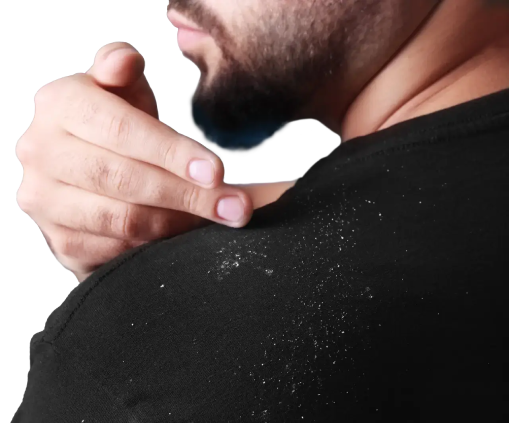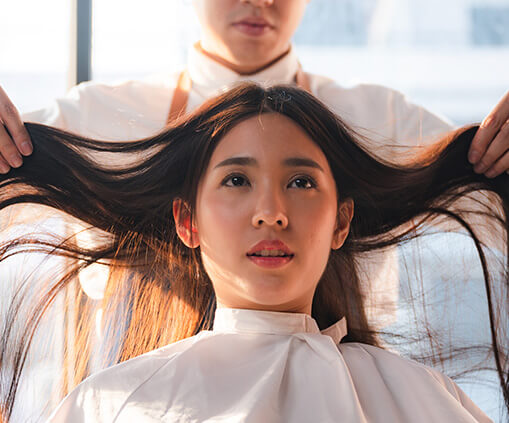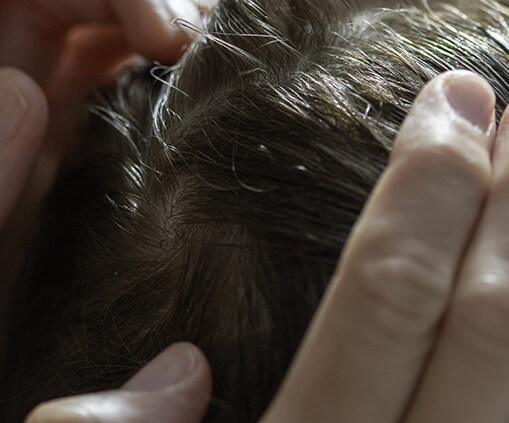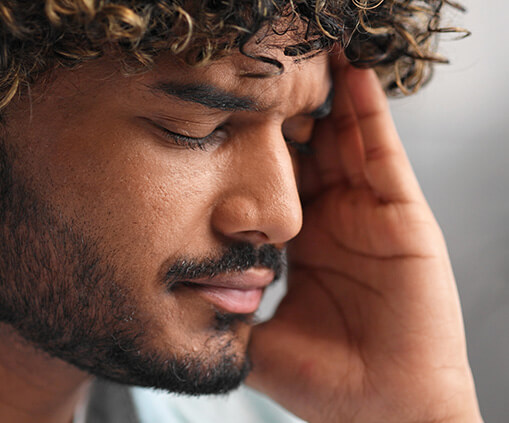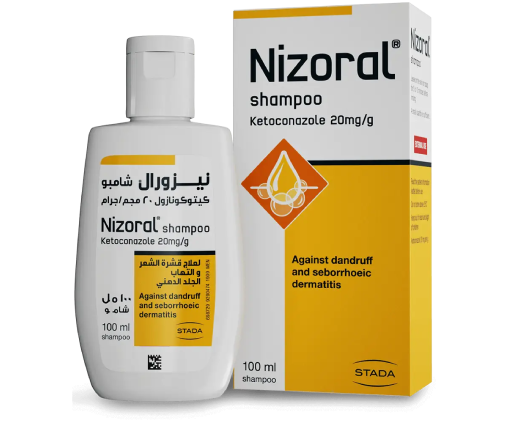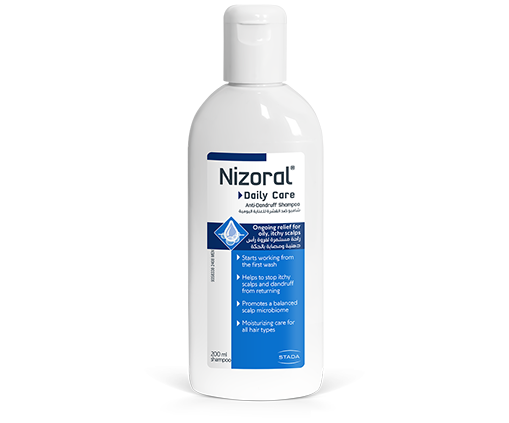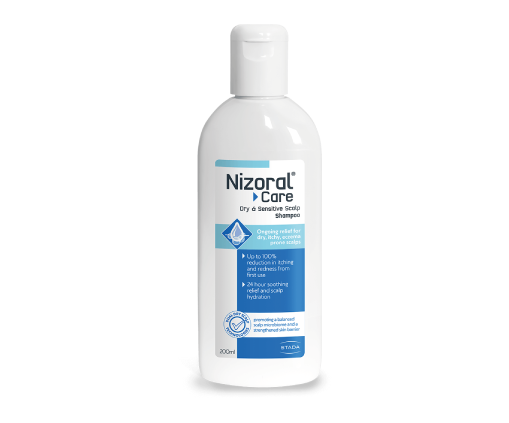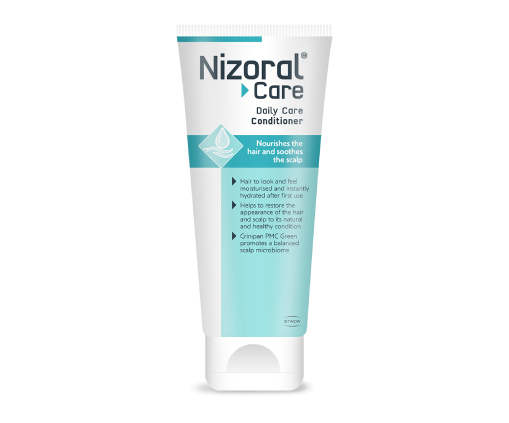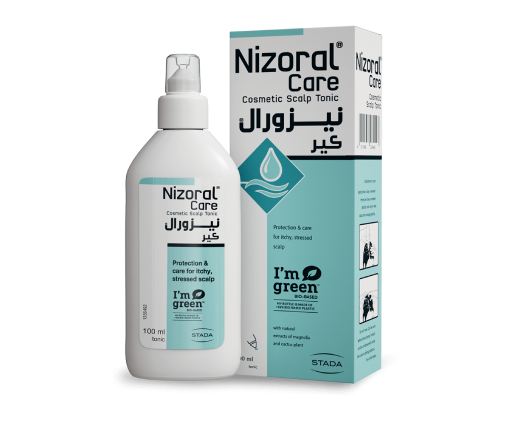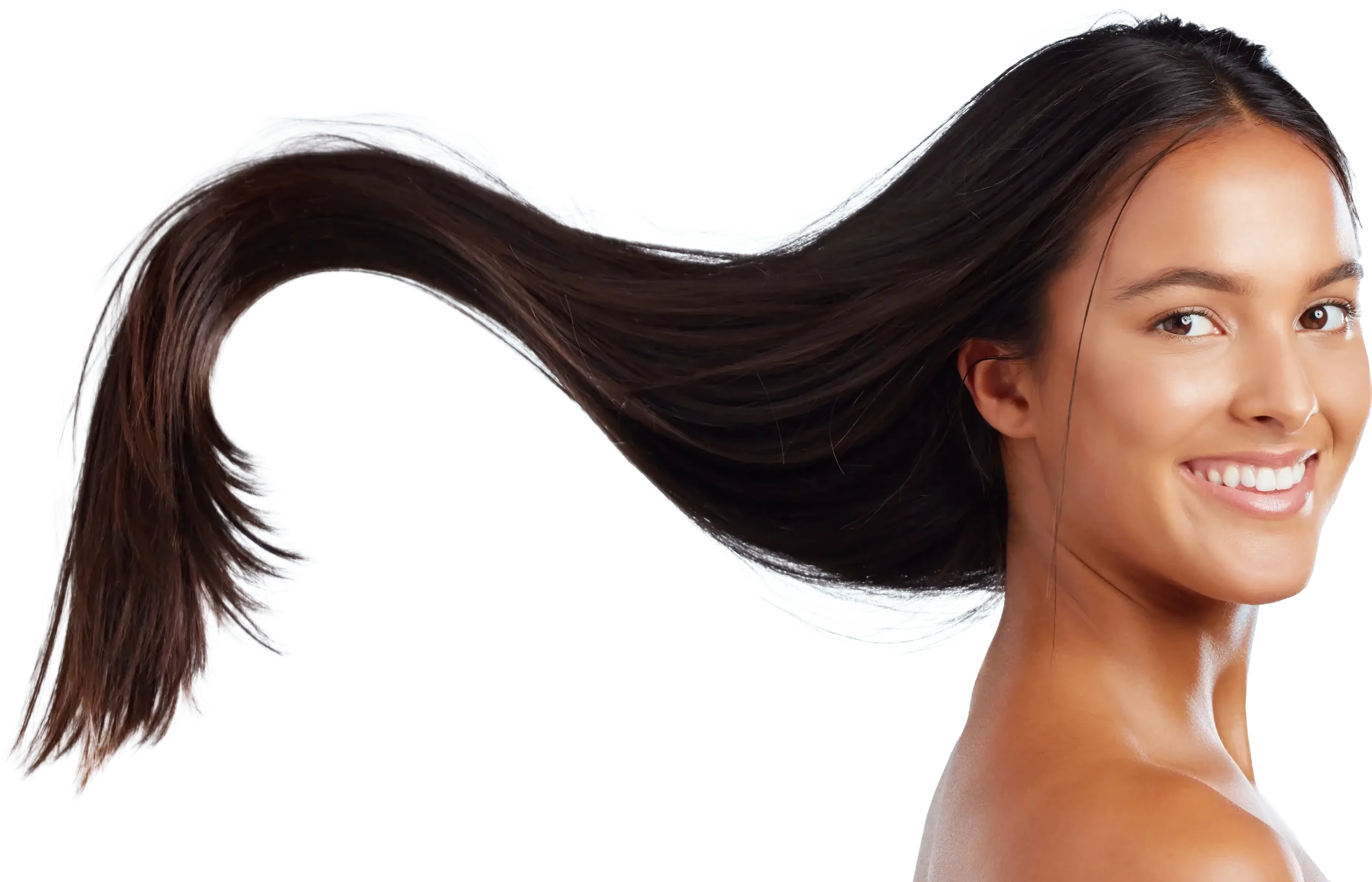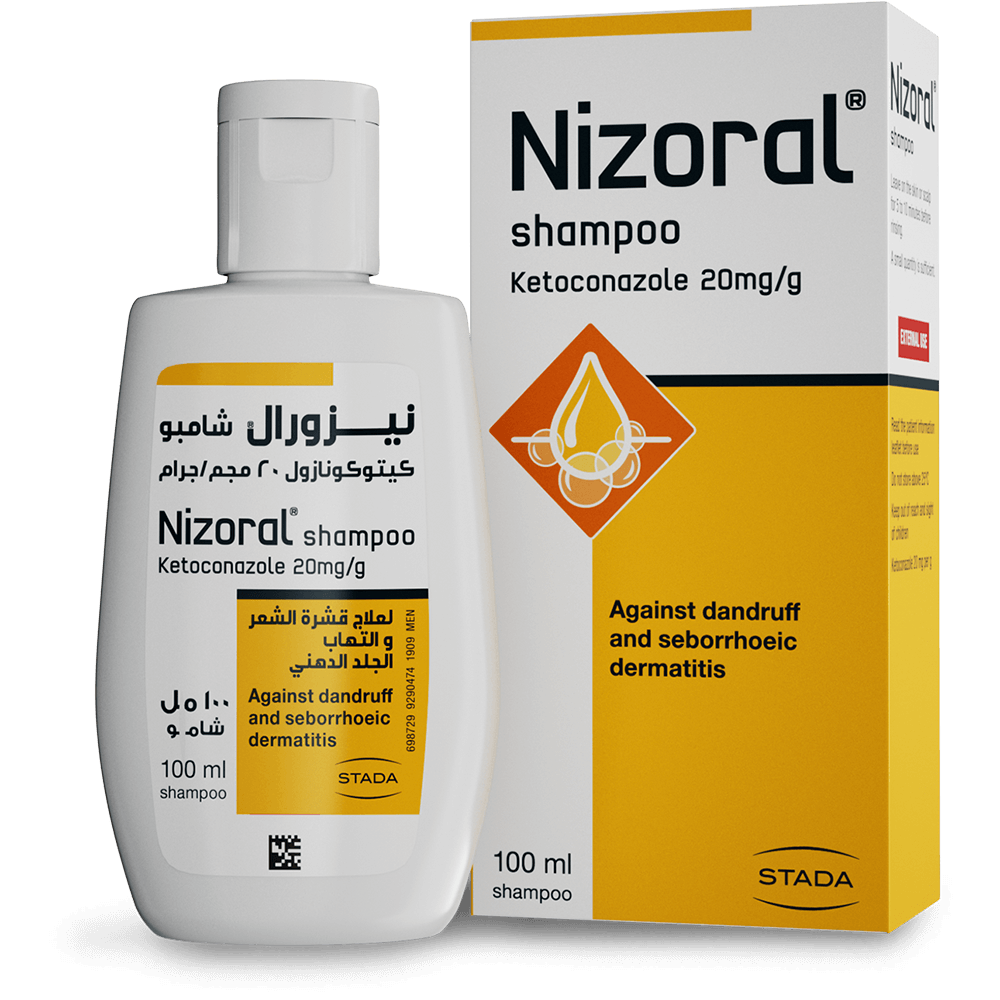القشرة ما هي “القشرة العادية”؟
القشرة هي حالة تصيب فروة الرأس تسبب ظهور قشور مرئية تتكون من خلايا جلد ميتة تتكتل مع الزهم لتشكل قشور بيضاء إلى صفراء. توجد الغدد الدهنية في جلد كل إنسان، وتنتج الدهون. عندما تصل الدهون إلى سطح الجلد تُسمى زهمًا (مزيج من الدهون والبروتينات). يجعل الزهم الشعر والجلد ناعمًا ولامعًا ومقاومًا للماء، ويحميهما من الجفاف. يمكن أيضًا العثور على القشرة على فروة رأس كل شخص تقريبًا لأن بشرتنا تتجدد باستمرار وتتخلص من الخلايا الجلدية الميتة. عندما يلتقي الزهم بهذه الخلايا، يصبح مرئيًا على شكل قشور جلد.
